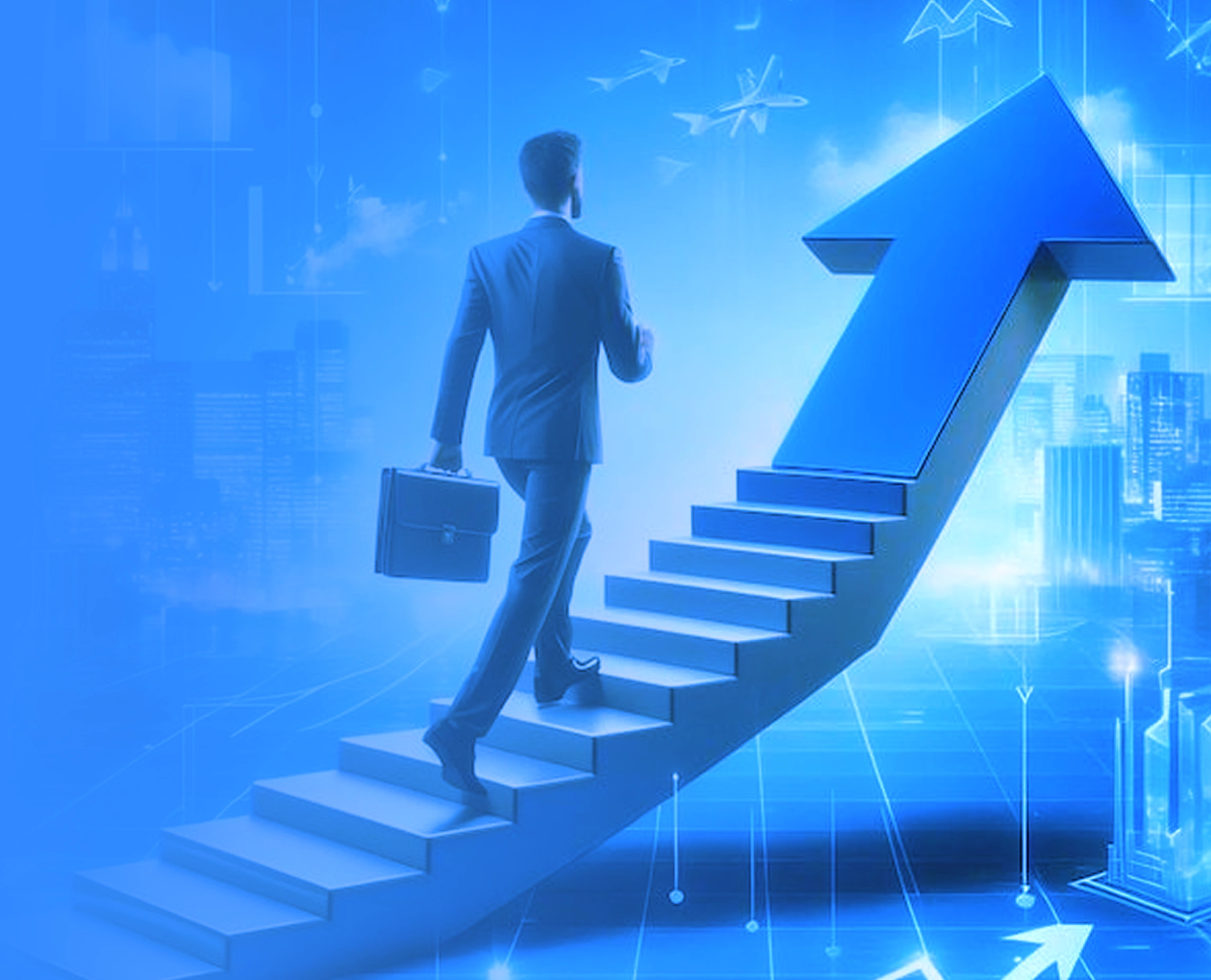70% of Your IT Budget Is Wasted on Legacy
Legacy systems drain your spend, slow your teams, and stall innovation. Modernize with speed, security and confidence — guided by our experts.
When most enterprises think of modernization, they think of application modernization, which also encompasses data modernization and cloud migration. But when we take a closer look, we can see that modernization trends in 2022 have application modernization at their core, but that is part of a broader modernization approach that affects the entire enterprise.
Microservices, containers, orchestration and other tools and processes continue to grow as part of legacy modernization. This includes AI/ML and analytics, IoT, and business process automation (BPA), which play an increasing role in both application, data, and BI modernization. The central goal of all these ongoing trends is to do more than:
- Make applications, systems, and architectures less expensive to use, service and update
- Provide greater scalability
- Deliver expanded services and improved business decisions that impact both enterprise and customer facing applications
This drive to make the business more competitive and innovative is about modernization trends around speed, resiliency, agility, and integration, which is where several emerging trends take the focus.
Micro Front End Modernization and Beyond
Micro Front ends are a more recent trend that will pick up steam across enterprises looking for faster and more efficient ways to legacy modernization. Micro front ends are all about reusability via minimal components that serve as the user interface (UI) for apps and websites. These reusable parts ensure that you can change individual components and technologies for faster modernization.
You can see the broader trend encompassing micro front ends with digital transformation companies like Techolution. We reuse application platform elements from other application modernization projects to shorten development time. These elements share common needs and technical DNA across many projects. It benefits the client partner to avoid replicating what are time-consuming, complex, and costly application platform elements from the ground up.
Like micro front ends, enterprises can design and modernize architectures and applications using foundational elements from other application or architecture projects. They can reconfigure these similar components to meet back-end application needs as part of new or legacy modernization projects.
This is a big win for enterprises that face shorter and shorter time frames for application and architecture modernization projects that are mission critical. Both approaches are increasingly being used to provide new lines of business and innovation that help the enterprise stay several steps ahead of the competition in services and operations.
Hyperautomation
The term Hyperautomation was first coined by Gartner. It focuses on discovering which processes need or will benefit from automation and then using various tools and techniques to automate them—such as AI/ML, RPA, and low-code app platforms. According to Gartner, Hyperautomation is becoming a non-optional means of survival. This includes the use of:
- The role of API integration via the front end
- Robotic process automation (RPA) via the back end
- Low-code app development
- Artificial intelligence (AI) and machine learning (ML) for automated data gathering and processing along with MLOps for data science and operations collaboration and automated deployment
- GitOps for a distributed code management and version control system to define and control the DevOps workflow and synchronization across systems
- Faster and more agile legacy mainframe migration via tools like Google G4 to migrate and modernize mainframe workloads, databases, and applications to the cloud
These tools and methods represent a faster existing path to legacy modernization. But the greater modernization trend that they represent is how they work together for composability and greater confluence of enterprise management confluence and integration.
Composability and Management Confluence
The system design principle known as Composability is all about component inter-relationships. The goal is to provide components that enterprises can select and assemble in various combinations to satisfy specific user requirements.
Management confluence that brings business and IT through I&O integration tools is at the heart of composability. One major aspect of composability is how it allows components of systems and data to combine more quickly and easily.
The growing trend of composability is to apply it throughout the entire technology stack and across the enterprise. This enables them to improve I&O agility by building a more agile and integrated path to legacy modernization across the entire enterprise to drive improved business outcomes.
Over half of high composability enterprises are building out integration capabilities for data, analytics, and applications. The goal is to innovate faster and be more competitive based on targeted and future business outcome needs, according to the 2022 Gartner CIO and Technology Executive Survey.
Enhanced Process Automations
It’s about more than modernizing legacy applications since the workloads and data are the energy powering the application stack engine in the modern enterprise. The result is an emerging trend of automation to support structured and unstructured data usage and gathering across disparate databases, workloads, and sources. This provides greater integration and intelligence as the result of applications modernization via artificial intelligence and data analytics.
We will increasingly see modernization trends aimed specifically at legacy applications and architecture that take a holistic approach to application development across the enterprise. These services, infrastructure, and operations (I&O), and analytics integration will be driven by a composable stack approach to deliver services to order.
CTOs finally have the tools and technologies that easily translate to improved business outcomes that are targeted and specific, while also being agile enough to adapt to unknown future needs. It often takes a cloud and application modernization partner with extensive experience across IoT, AI/ML, and data analytics in varied industries and sectors.
They have the experience and expertise to support planning, implementation, and adaptation of legacy modernization strategies to fulfill targeted business outcome needs. Equally important is an ability to adapt to unforeseen future disruptions and market changes.
To learn how Techolution can be your partner in holistic legacy modernization based on collaboration and defined business outcome success, visit our Cloud Modernization page.



